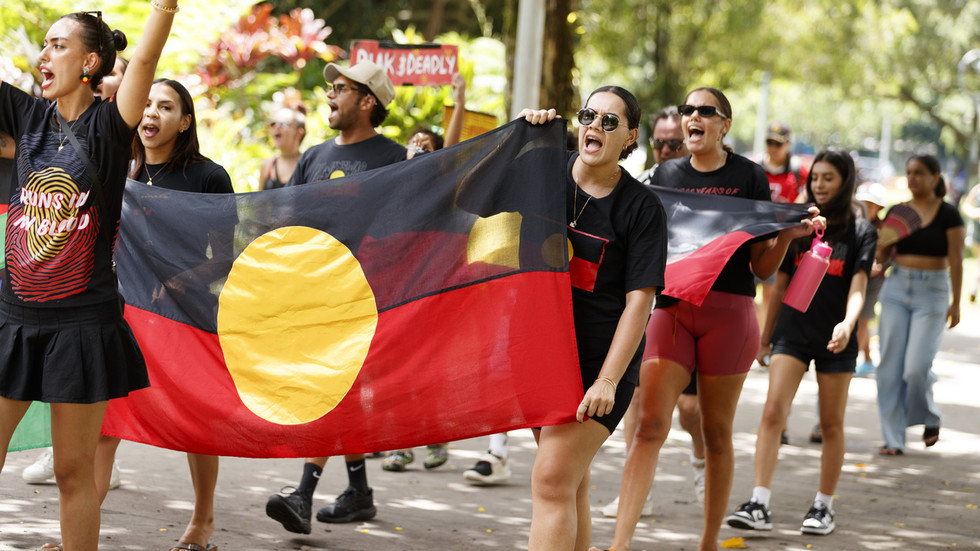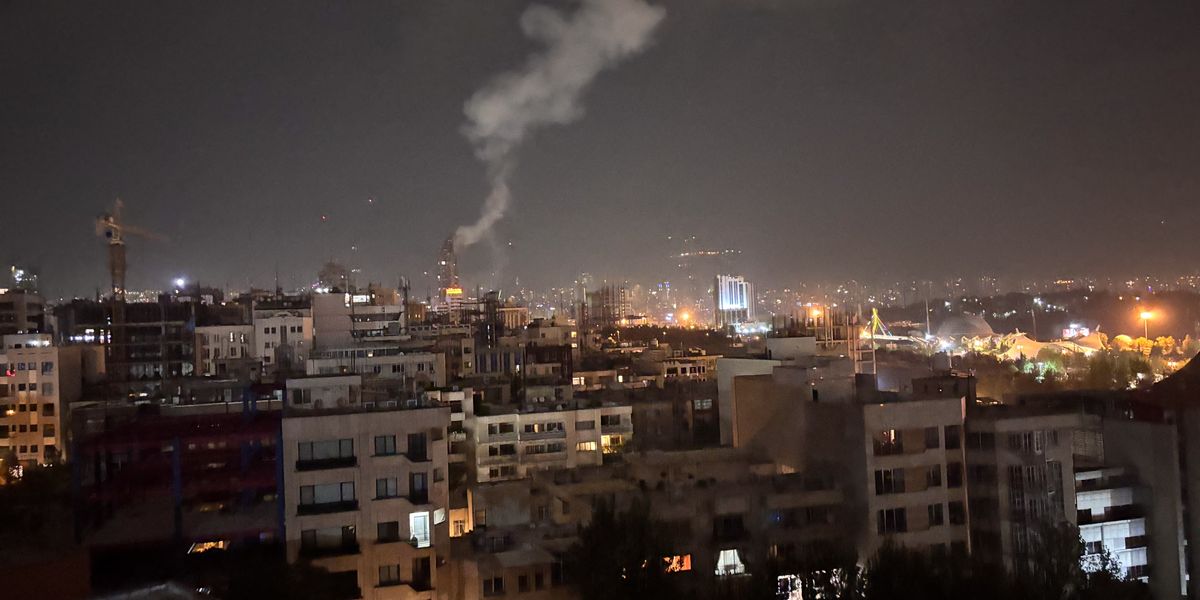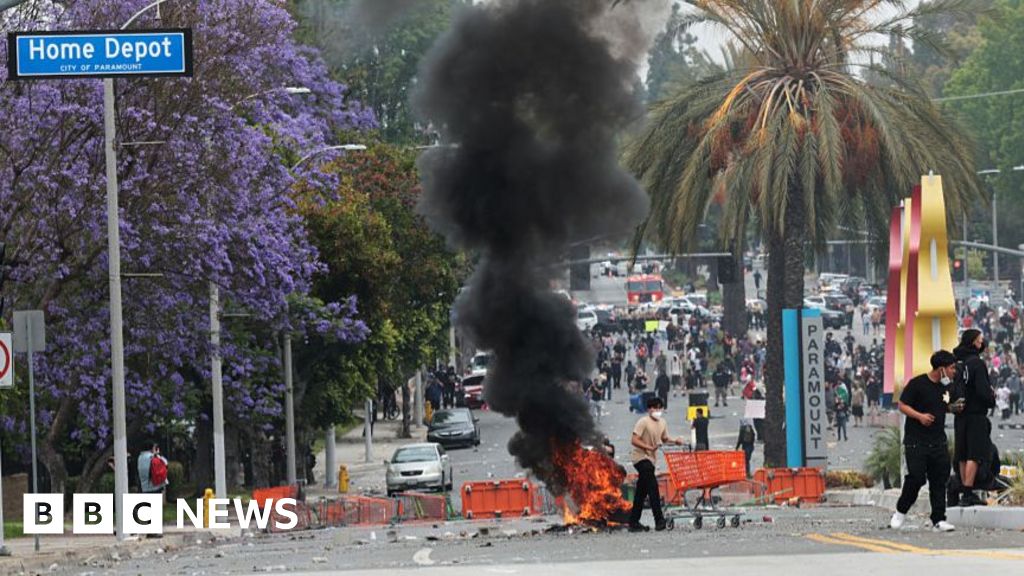Fatma Hassona had many modest hopes, only one of which was fulfilled. She asked for a “loud death”, one that would shake the world from its torpor. It has grown louder by the day.
“I don’t want to be just breaking news, or a number in a group,” Hassona, a trained photographer and talented poet, wrote on social media. “I want a death that the world will hear, an impact that will remain through time, and a timeless image that cannot be buried by time or place.”
On April 16, just days before her wedding, the 25-year-old was killed in an Israeli air strike on her home in northern Gaza, along with 10 members of her family, including her pregnant sister and 10-year-old brother.
She did not live to see the end of the war that has wiped out most of her beloved Gaza. Nor did she cross the walls and barbed wire that confined her to the narrow stretch of land throughout her short life.
Since her death, however, outrage has rippled across the world, sparking unprecedented protests and dominating the early stages of the Cannes Film Festival.
The independent ACID sidebar, which runs parallel to the festival, seldom makes Cannes headlines. But few films this year have attracted greater attention than Sepideh Farsi’s documentary on Hassona, which drew tears and a lengthy standing ovation at an emotional premiere on Wednesday.
To display this content from X (Twitter), you must enable advertisement tracking and audience measurement.
“Put Your Soul on Your Hand and Walk” tells the story of Gaza’s plight through filmed video conversations between Hassona and Farsi, offering rare insight into a war that has ravaged the Palestinian enclave and killed more than 52,000 people, most of them women and children, according to health officials.
As Farsi describes, Hassona became “my eyes in Gaza (...) fiery and full of life. I filmed her laughs, her tears, her hopes and her despair.”
‘If we don’t, who will?’
“Put Your Soul on Your Hand and Walk” stems from a meeting between two women – one yearning to break out of Gaza and get a taste of the outside world, the other desperate to break into the closed-off enclave to document the atrocities under way.
Farsi, who once filmed a documentary in Tehran on a mobile phone to evade a government ban, is accustomed to censorship, blackouts and danger. Gaza, a bombed-out blackhole that foreign journalists are barred from entering, presented a whole different challenge.
She describes her interactions with Hassona as “bits of sound and pixels in an ocean of disconnect” – fleeting exchanges hampered by poor connection and spread out across months of anguished wait.
In between conversations, Hassona’s photographs detail the scale of the destruction around her and the unfiltered gruesomeness of war. Her audio clips of bombs rumbling and jets screeching overhead highlight the risks she is willing to take.

“Gaza needs me,” Fatem, as she was known to her loved ones, explains. “If we don’t document what’s happening, who will?”
Hassona doesn’t just document the war. Hers is an act of resistance, a dogged determination, as she puts it, to “find some life in all this death”. Her pictures underscore the resilience of Gaza’s population when all around them is rubble.
“We’re living, we’re laughing,” she says early in the film, her radiant smile instantly infectious. “They cannot defeat us, because we have nothing to lose.”
Scars of war
“Put Your Soul on Your Hand and Walk” covers an eight-month period starting in the spring of 2014, when the media focus gradually shifts to Israel’s looming offensive on the southern city of Rafah.
We see hopes of a ceasefire raised and dashed, hear of aid drying out as the Israeli army cuts off the last open checkpoint, and follow Hassona as evacuation orders force her family to move from one shelter to another.
In segments from news bulletins, filmed on Farsi’s television, aid workers and UN officials detail the worsening humanitarian catastrophe and the Israeli government’s blatant failure to meet its obligations under international law.
Read more‘Weaponising aid’: New plan calls for private contractors to take over from UN in Gaza
There are brief moments when the war takes a back seat and the two discuss other matters, such as wearing headscarves, Hassona’s favourite movie (“The Shawshank Redemption”) or Virginia Woolf. We hear Fatem relish her first crisps in 10 months and dream of a little chocolate.

But the psychological scars become increasingly apparent as the bombing drags on, the smiles grow sparser, and Hassona opens up about her emotional numbness.
The palpable horror of the war – the relentless shelling, the children going hungry, her aunt’s severed head found streets away from her shattered home – she describes as the Gaza “normal”. It is the inability to say goodbye to her loved ones that brings her to tears.
‘Targeted assassination’
Farsi last spoke to Hassona on April 15 to inform her that their film would be screened in Cannes. She describes the missile strike that killed the photojournalist the very next day as a “targeted assassination”.
The Israeli military has said the strike targeted Hamas, without offering details.
More than 200 journalists have been killed in Gaza since the start of the war, the deadliest toll on record for a military conflict, according to media watchdog Reporters Without Borders. Journalists reporting from Gaza have repeatedly warned that they are being deliberately targeted by the Israeli military.
The festival in Cannes has opened against a backdrop of mounting outrage at the ongoing war, which began in the wake of the Hamas-led October 7, 2023, massacre in southern Israel, in which some 1,200 were killed, most of them civilians, and more than 250 people were taken hostage.
“Just like there was no justification for what happened on October 7, nothing can justify what is happening in Gaza,” says Farsi, lamenting a collective failure to confront and sanction Israel’s far-right government over the ongoing war and its stated aim to expel Gaza’s population.

“We cannot just stand by and let the massacre go on,” she says. “What will we tell our children when they ask, ‘Why did you do nothing?’ We cannot pretend we didn’t know.”
On the eve of the festival, “Schindler’s List” actor Ralph Fiennes and Hollywood star Richard Gere were among more than 380 figures to sign an op-ed slamming the film industry’s over “genocide” in Gaza. The text paid tribute to Hassona, as did Cannes jury president Juliette Binoche on the festival’s opening night, which saw her read excerpts from a poem by the Palestinian photojournalist.
“I hoped she would be here with me so we could make some noise together,” says Farsi, who has planned tributes to Hassona and exhibitions of her work in Cannes. “Now that she’s been taken away from us, I will do what I can with this film, her pictures, her poems and her words.”












 English (US) ·
English (US) ·